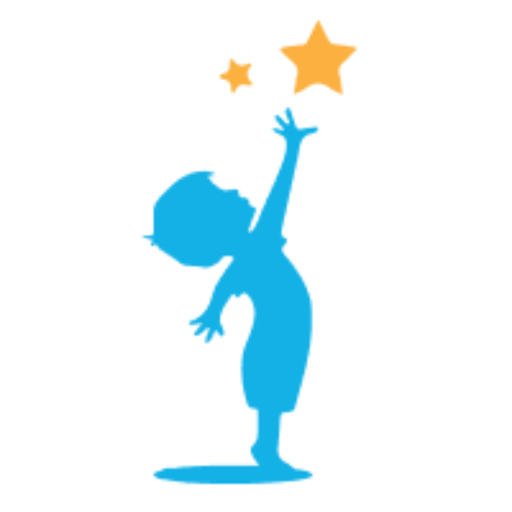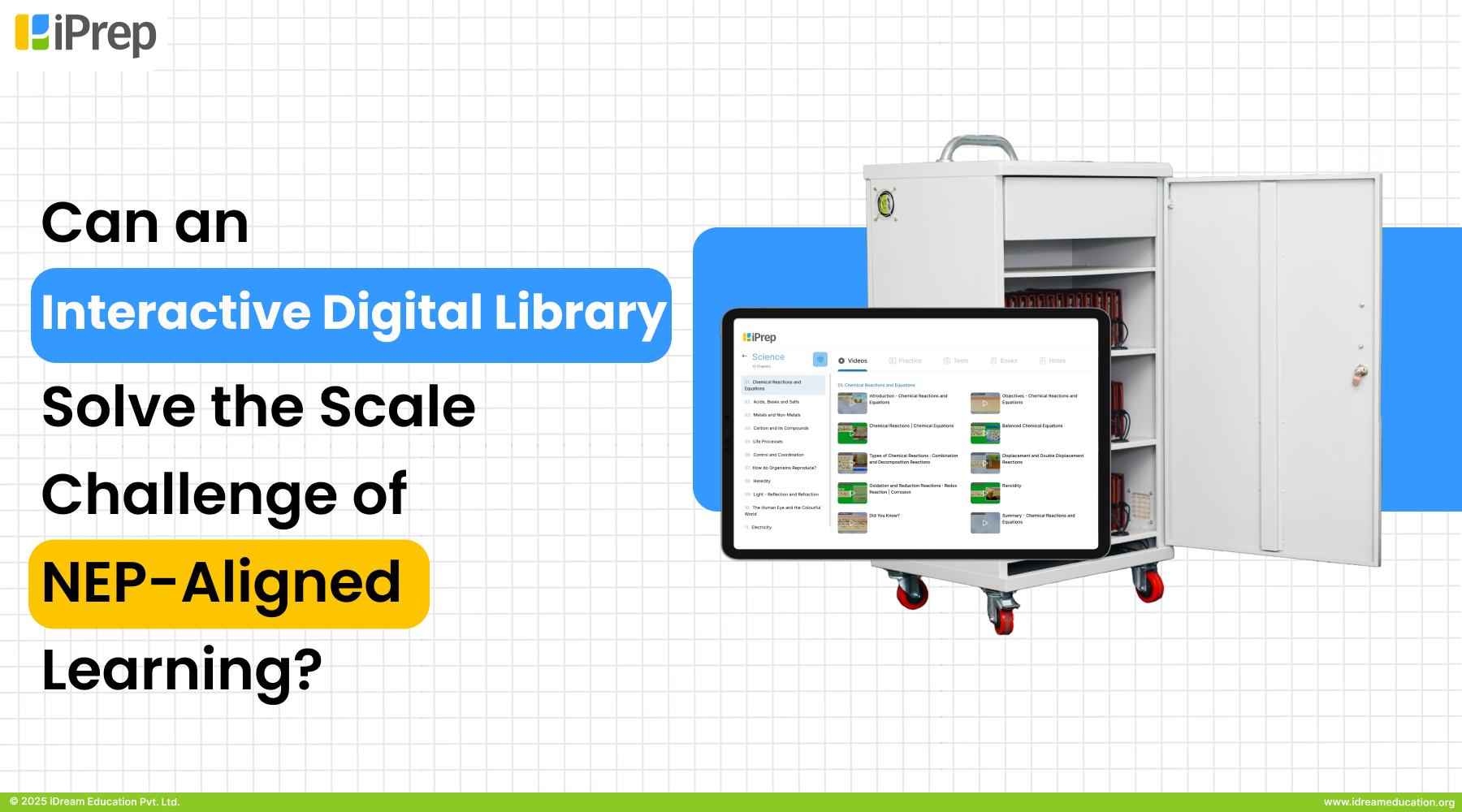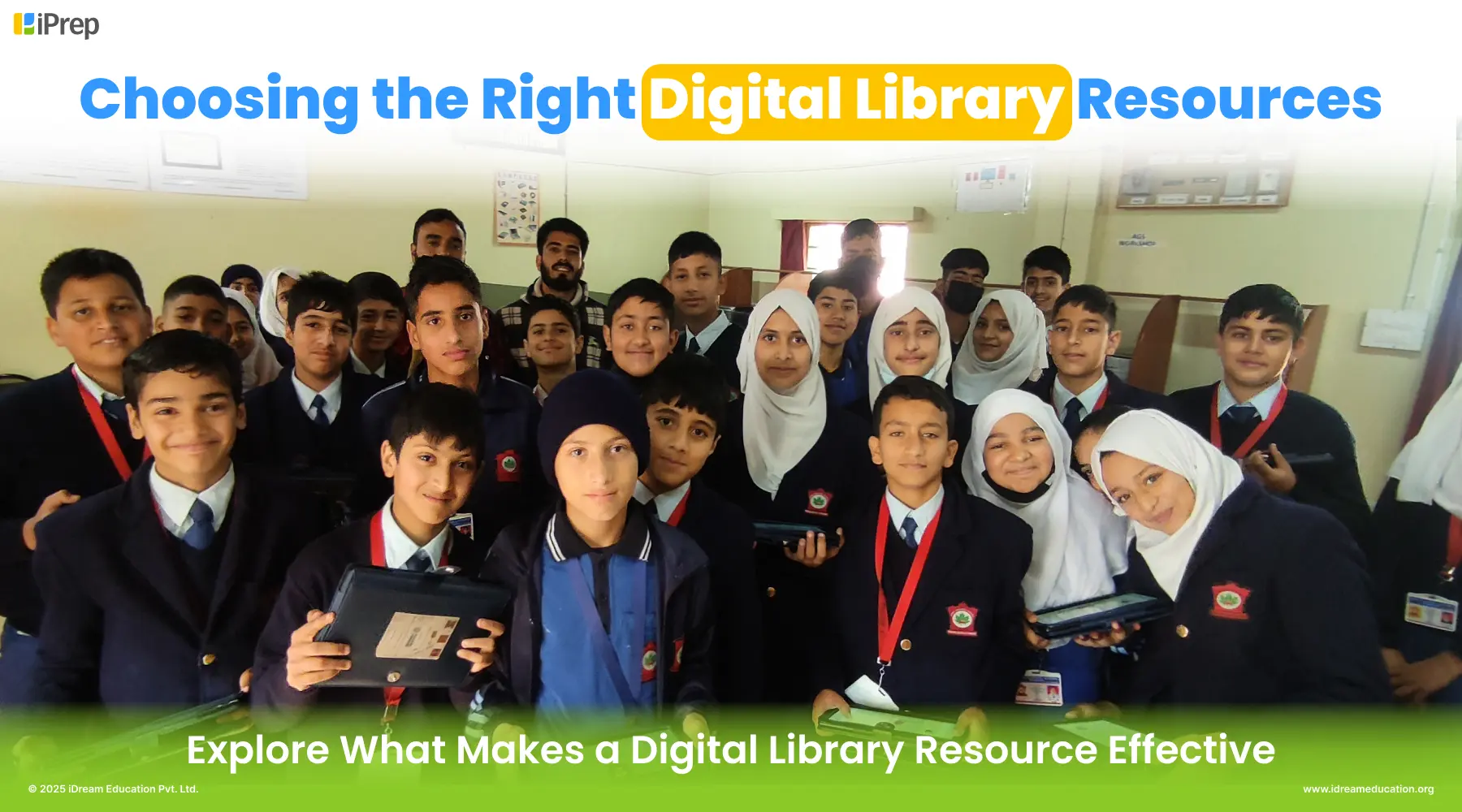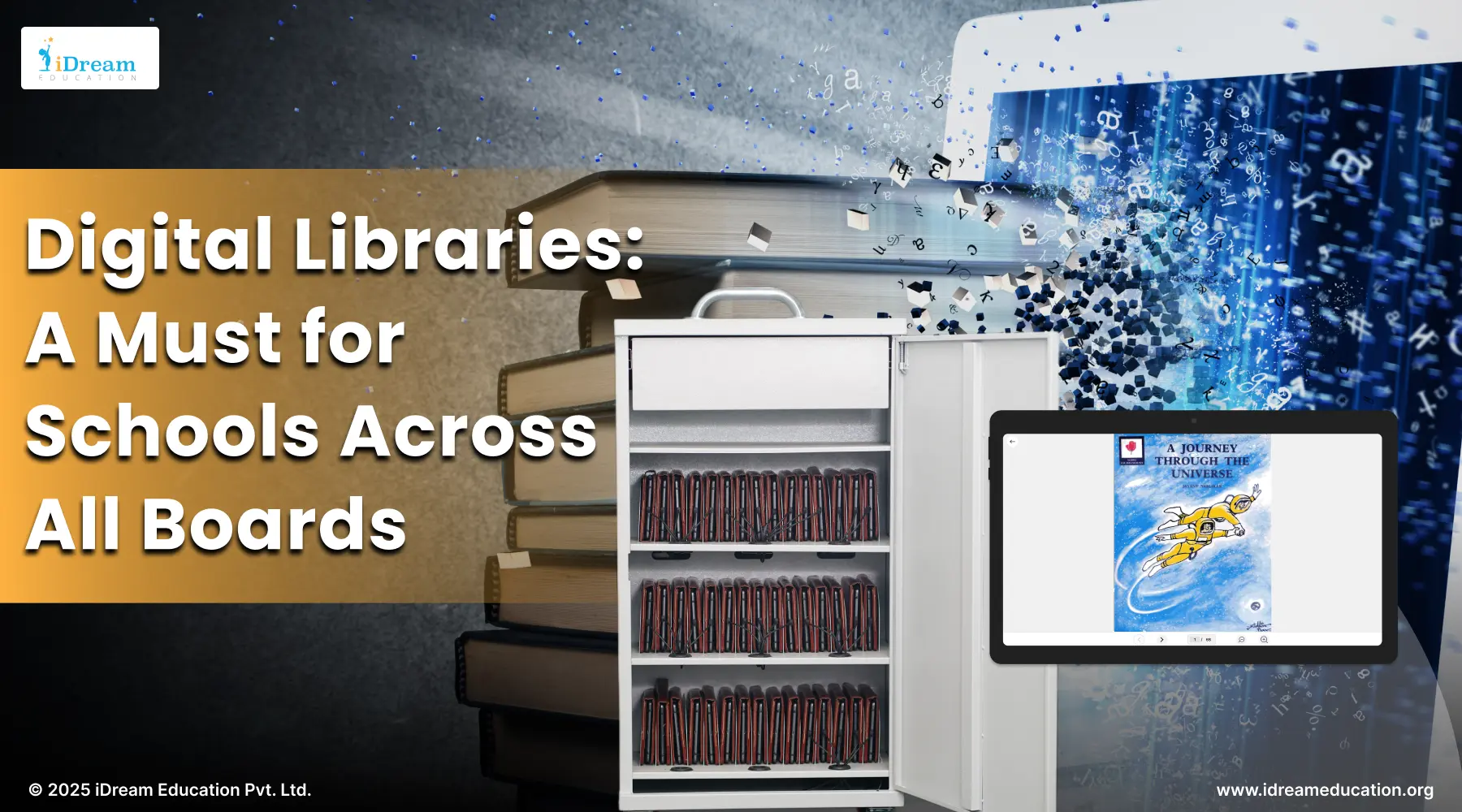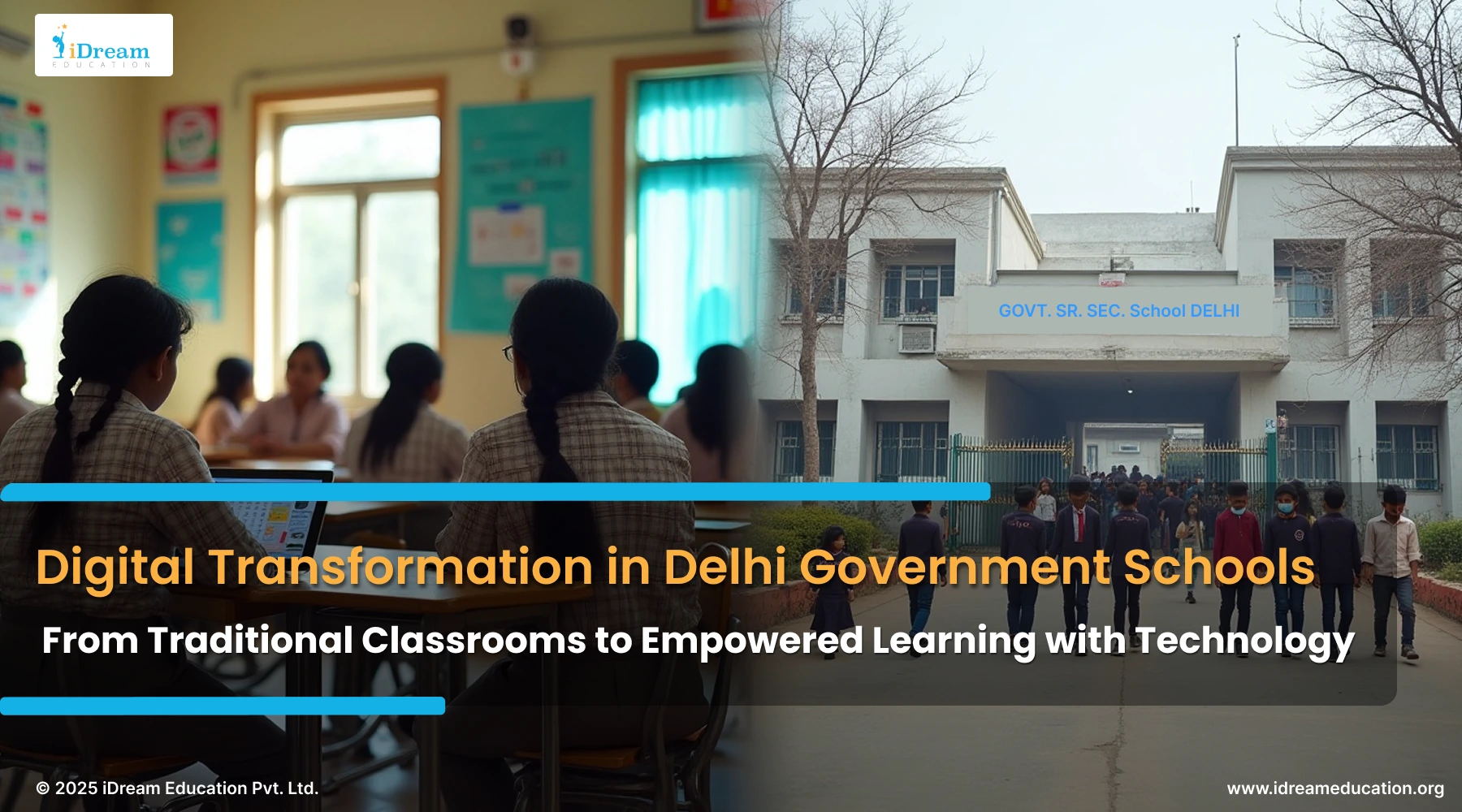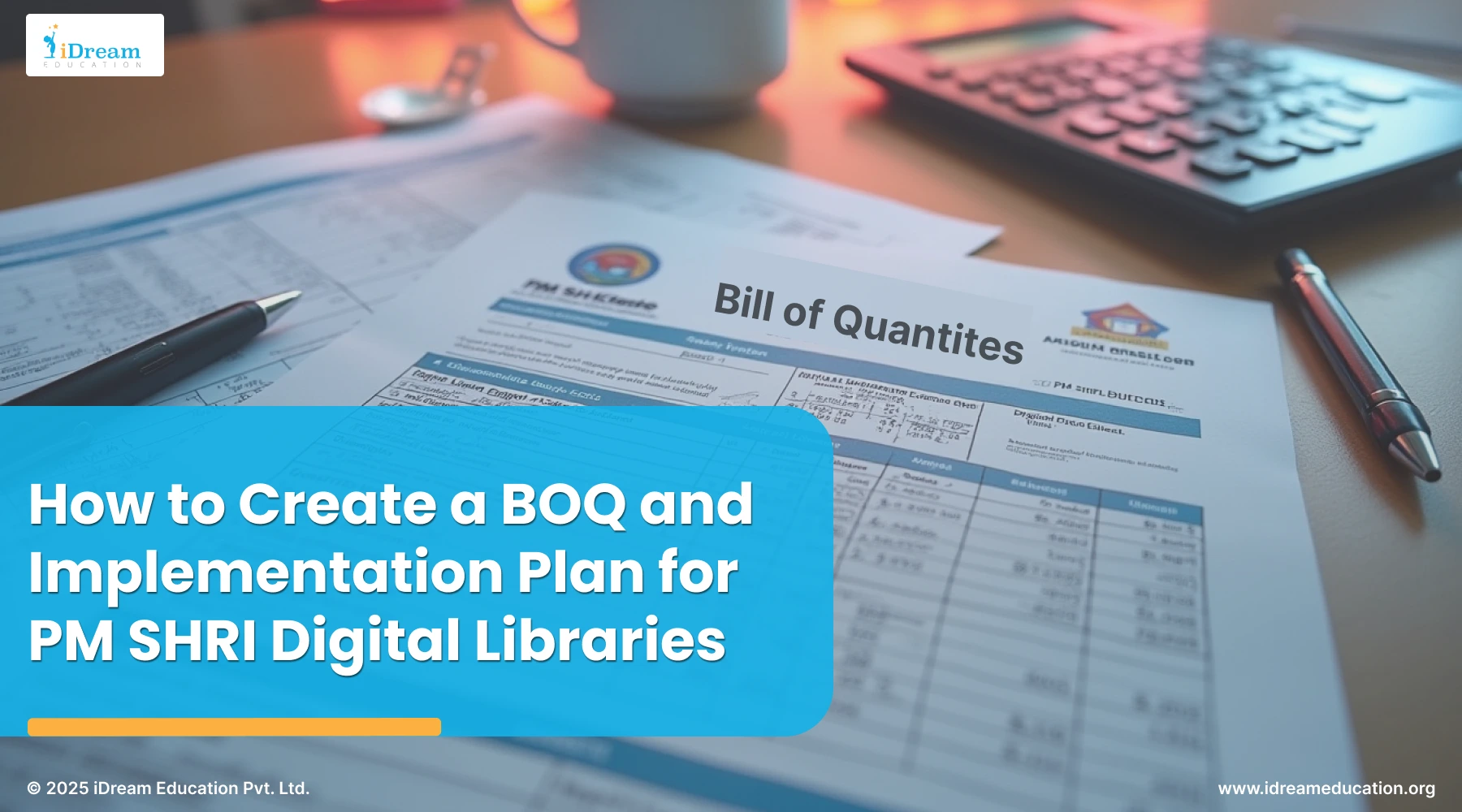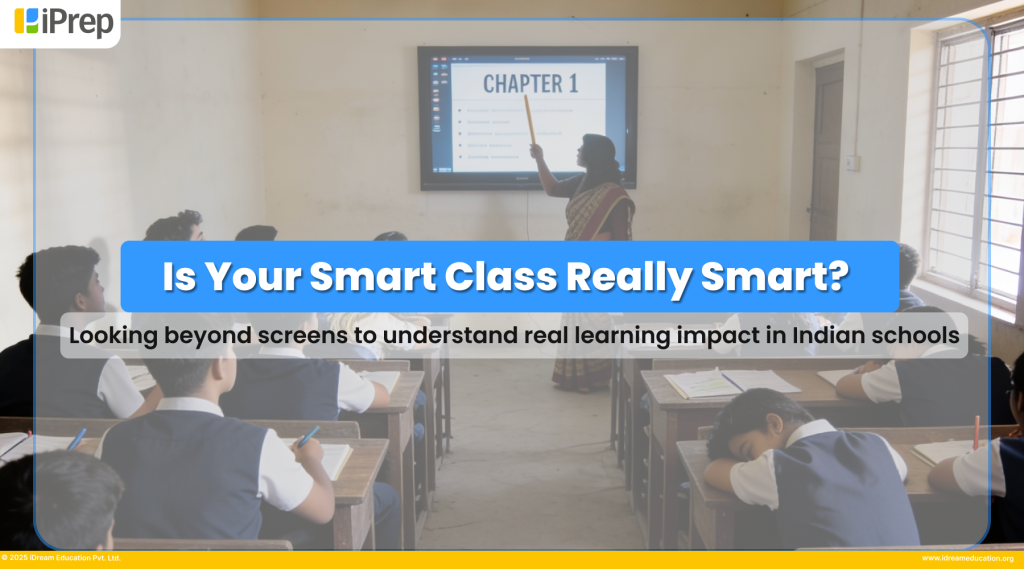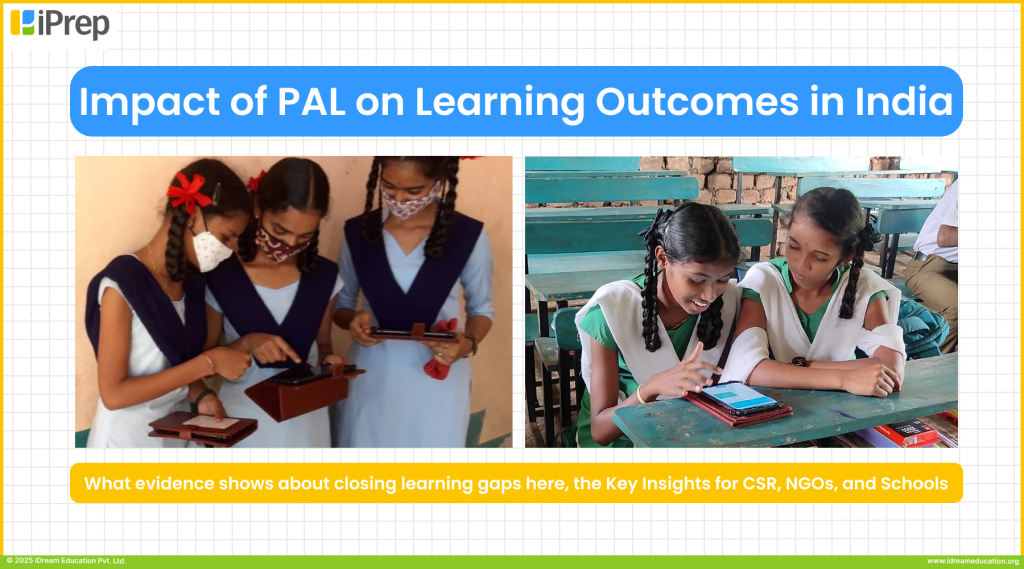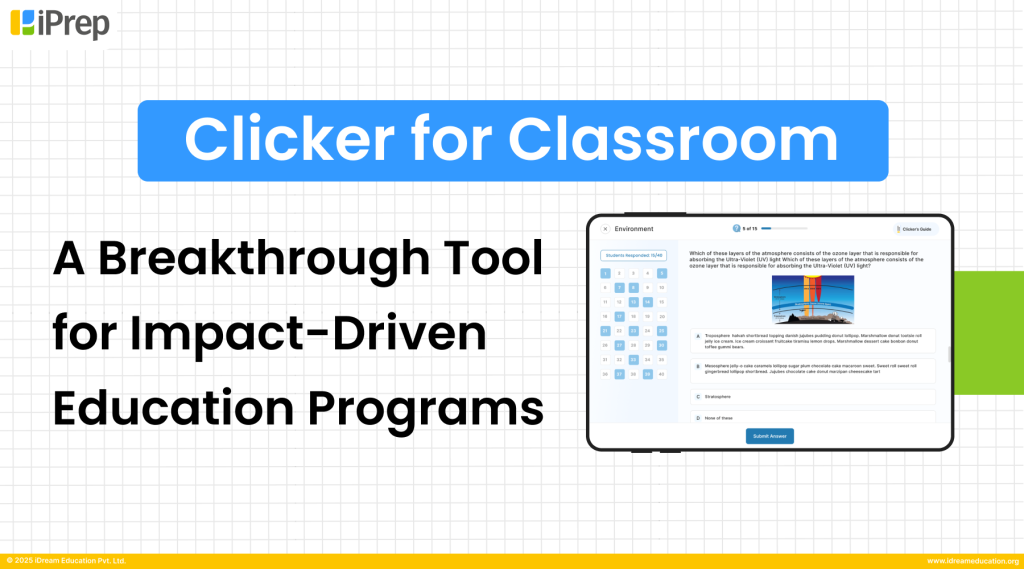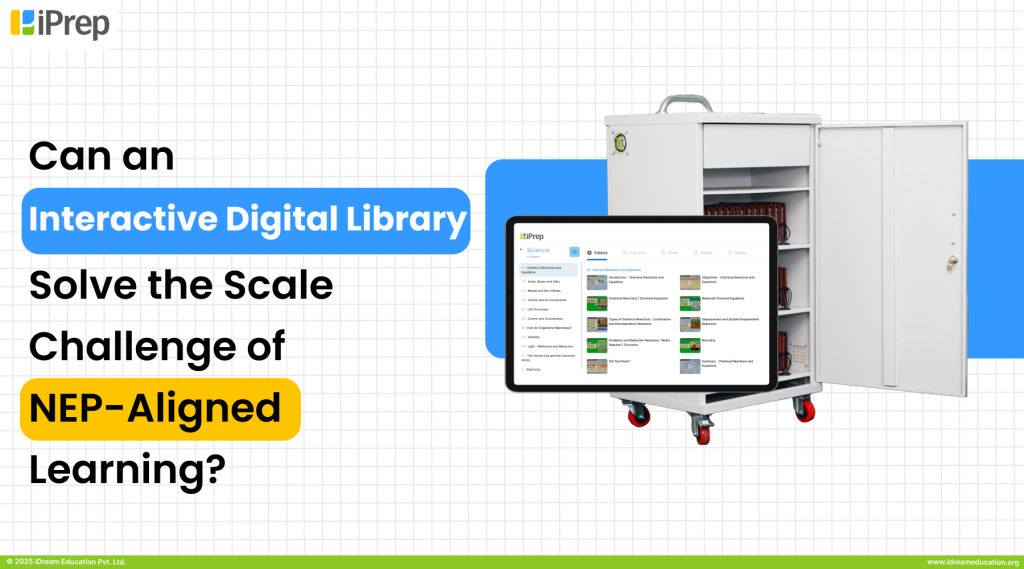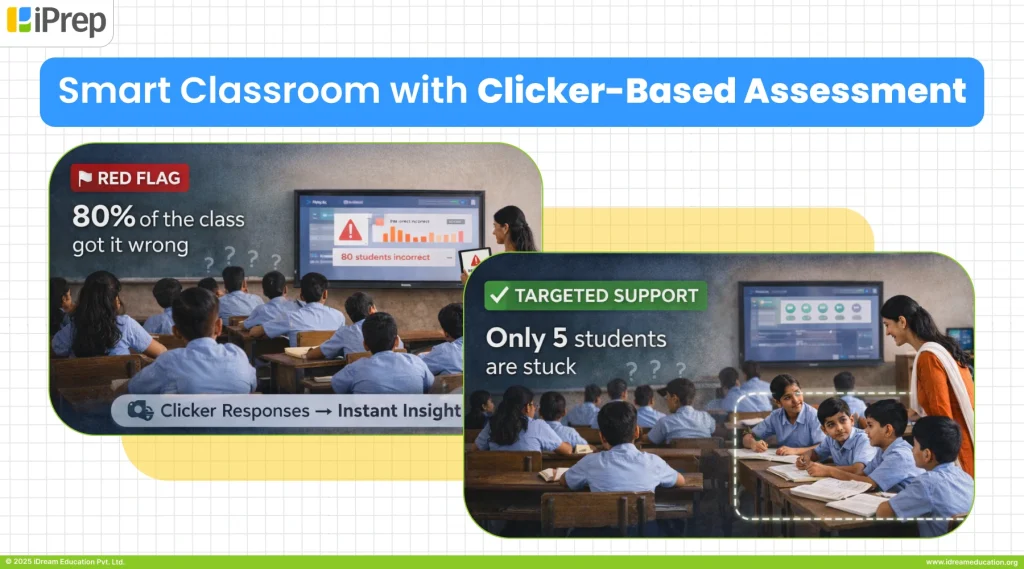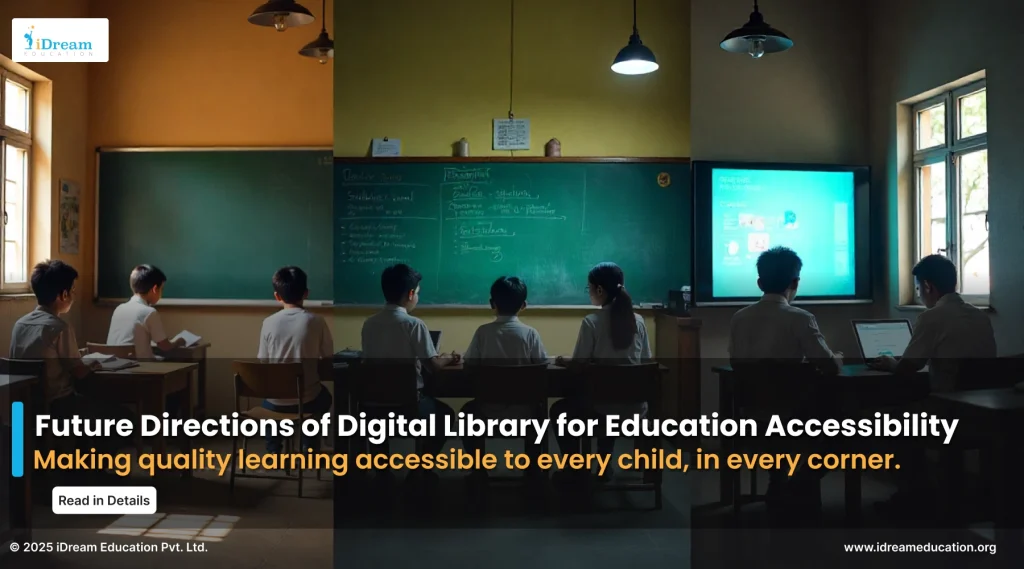
A Digital Library for Education is transforming how students access and share knowledge in schools across India and beyond. Unlike traditional libraries with limited hours and the need for physical presence, digital libraries offer learning resources anytime, anywhere on tablets, laptops, or even offline servers. This constant accessibility helps overcome barriers, particularly in rural or underserved regions where physical libraries are either unavailable or lack adequate content.
Understanding the Digital Library for Education as a Catalyst for Inclusive Learning
These digital libraries are not just collections of ebooks. They include interactive videos, quizzes, textbooks, reference materials, and other multimedia resources carefully aligned with national and state curricula, ensuring relevance for school students. The diversity of content also supports multiple languages, catering to India’s vast cultural variety and making learning more inclusive. This kind of rich digital library content allows students to learn at their own pace, revisit difficult topics, and enjoy a personalized approach to education, as seen in efforts highlighted on iDream Education’s blog exploring the best digital library for schools as a new age learning repository.
Students benefit greatly from access to a Digital library for education that is designed to be student-centered and adaptive. It empowers learners by giving them control over what, when, and how they study, creating a judgment-free environment that fosters curiosity and deeper understanding. Teachers can use these resources to complement classroom instruction or assign practice work that fits each student’s needs. Educational leaders recognize that such personalized and continuous learning opportunities are key to achieving quality education for all, which is a vital goal supported by government initiatives focusing on school digital libraries and affordable digital libraries for schools.
Well-curated digital libraries with tools for monitoring learning outcomes enable schools and governments to track progress and plan better educational interventions. The availability of digital library content and PAL for government schools ensures equitable access even in resource-constrained settings.
For further understanding of how digital libraries integrate with digital classrooms and tablet based personalized learning solutions, you may explore resources on digital class vs smart class and Android tablet digital library personalized learning, which showcase the evolution from static content to dynamic, engaging educational experiences.
Offline and Tablet-Based Digital Libraries Bringing Education to Every Corner
Offline and tablet-based digital libraries are transforming access to quality education, especially in areas where internet connectivity is weak or absent. For many rural schools, traditional online content remains out of reach due to network limitations. But with an offline digital library solution, learning continues uninterrupted. Schools can use local servers or preloaded tablets to offer students consistent access to videos, quizzes, and interactive lessons in both English and regional languages. These resources create an engaging learning experience and help students study at their own pace, free from connectivity constraints.
Building an Affordable and Inclusive Digital Library for Education
Offline content delivery models offer flexibility. Schools can sync new learning materials whenever a temporary internet connection is available, ensuring the library stays up to date. This setup allows teachers to supplement physical classes with relevant digital content, even in remote locations. Whether in a small village school or a larger institution, tablet-based setups are scalable, easy to manage, and highly effective. With battery-powered devices, compact storage racks, and intuitive interfaces, they’re accessible and sustainable. For educators and NGOs seeking equity in education, an affordable digital library for schools offers a reliable, inclusive, and long-lasting solution. A digital library for education is more than just a tool, it’s a bridge to continuous and equitable learning for all.
Schools Embracing Personalized Adaptive Learning with PAL Digital Libraries
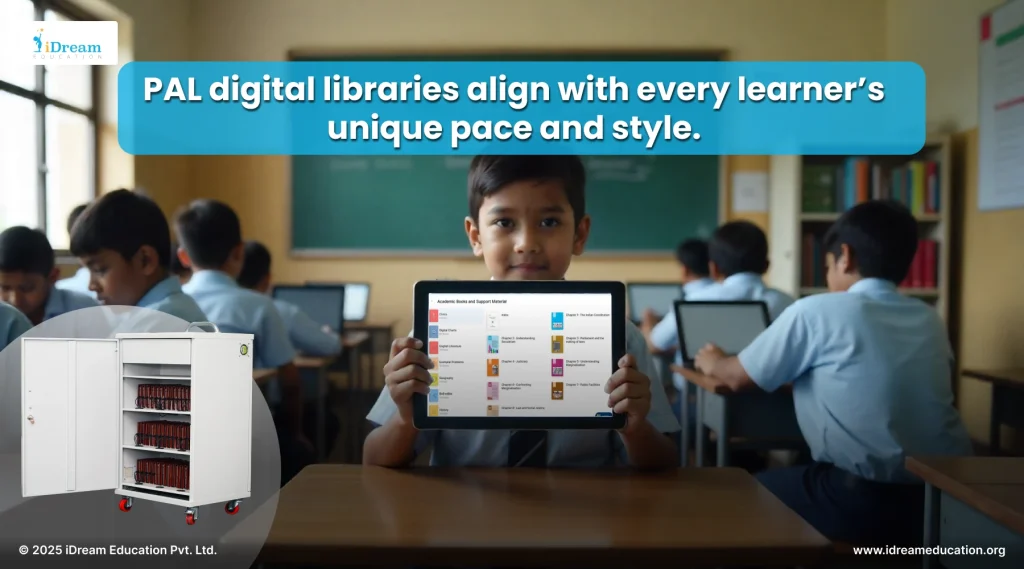
Personalized Adaptive Learning (PAL) digital libraries are redefining how schools nurture student achievement by delivering content tailored to each learner’s strengths and growth areas. Unlike one-size-fits-all instruction, PAL-based platforms, often offered by the best digital library provider, automatically adjust the difficulty level and content recommendations based on students’ progress, encouraging persistent engagement and self-driven growth. Through adaptive pathways, students of all abilities receive support that aligns with their unique learning journeys. This fosters a more equitable and motivating environment.
This approach greatly empowers teachers as well. By leveraging the reporting and data dashboards embedded in a PAL digital library solution, teachers can monitor student engagement, spot learning gaps in real time, and offer targeted interventions. Classroom time becomes more effective as teachers are better equipped to guide students individually or in small groups based on their real needs.
For a deeper understanding of how PAL transforms school environments, readers may consult case studies and practical insights featured in the PAL Learning System section of the iDream Education platform. These examples highlight real-world applications and outcomes, reinforcing the value of the digital library for education that adapts to every learner.
PAL and Digital Libraries: Empowering Inclusive, Bilingual Learning
Digital Library with PAL is also highly valuable for NGOs and government schools working to bridge learning gaps in diverse regions. The system’s capacity to support bilingual and culturally responsive content enables inclusive learning opportunities that resonate with all students. This adaptability is especially important in multilingual Indian classrooms, where students need resources in both their mother tongue and English.
Many PAL for Digital Library solutions are already succeeding in government schools where technology must overcome not only curricular demands but also infrastructural and linguistic challenges.
Importantly, PAL digital libraries accelerate the impact of school digital classroom setups by giving teachers insight-driven guidance and enabling students to learn confidently at their own pace. This leads to improved academic outcomes and fosters curiosity and independence.
By integrating adaptive technology, schools are equipping students for higher education and the future workforce, where self-guided learning and tech literacy will be essential. To explore more about digital library for education and how PAL supports personalized growth, refer to posts on PAL learning systems, digital content strategies, and implementation in government schools.
Digital Library Setup Requirements: Ensuring Successful Implementation
Creating a digital library that truly improves learning starts with understanding your school’s unique needs. Begin by considering how many students and teachers you have, their language preferences, subjects taught, and your tech environment. These basics guide whether you need offline tablets, shared computers, or a blended model.
The right hardware is key. Schools often choose Android tablets or mini PCs that are easy to use and durable. Accessories like charging racks and lockable storage keep things organized and safe. What matters most is simplicity, students and teachers should be able to use everything easily, even with minimal training. This approach is well documented in case studies and guides on affordable digital content for schools.
Content must match the curriculum. Choose an NCERT Content Provider offering SCERT-aligned materials in English and regional languages. Regular updates keep the digital library relevant. Schools often partner with an Implementing Agency for a Digital Library that supports government and NGO initiatives, ensuring alignment with PM SHRI and TRP-aligned classrooms for long-term impact.
Implementation goes beyond setup. Teachers need training to use the digital library for education, assign lessons, and track learning. Good training builds confidence and long-term impact.
Success also depends on strong analytics. Monitoring how students learn, what content works, and where extra support is needed helps schools adapt and improve. Many schools follow CSR models for schools to fund and scale digital learning, often aligned with the goals of the PM SHRI digital library or designed as part of a CSR program under PM SHRI, with careful planning on where to spend CSR budget to ensure sustainability and impact.
With the right plan and partners, a digital library provider ensures the system becomes more than just a tool it becomes a daily learning companion in every classroom.
Content and Bilingual Platforms Promoting Inclusion in Government and NGO Schools
Digital libraries for education work best when they reflect the linguistic and cultural diversity of the schools they serve. In India and elsewhere, classrooms often bring together students with different languages and learning traditions. A library with bilingual or multilingual content allows every child to learn confidently, regardless of their mother tongue or prior schooling.
These platforms also support teachers in mixed-ability classrooms, offering stories, quizzes, lessons, and experiments in multiple languages to boost participation and achievement. Guides like the PAL for digital libraries and affordable models for schools show practical ways to integrate such approaches.
Inclusivity also means aligning content with local experiences and government curricula. Libraries that update regularly with region-specific stories, familiar examples, and relevant problem-solving tasks create a space where students feel valued and motivated to succeed.
For an education based NGO and government programs with limited resources, an affordable digital library for education maximizes reach and impact by combining inclusive software, locally pertinent content, and adaptive learning pathways. These solutions make it possible for every student, no matter their starting point, to find a place in the digital classroom and grow with confidence.
If you want to examine more specific strategies, in-depth guidance is available on practical pages dedicated to PAL for digital libraries and bilingual digital library platforms, where educational leaders share proven methods for making digital learning truly inclusive and empowering for all.
Impact of Digital Libraries on Classroom Engagement and Learning
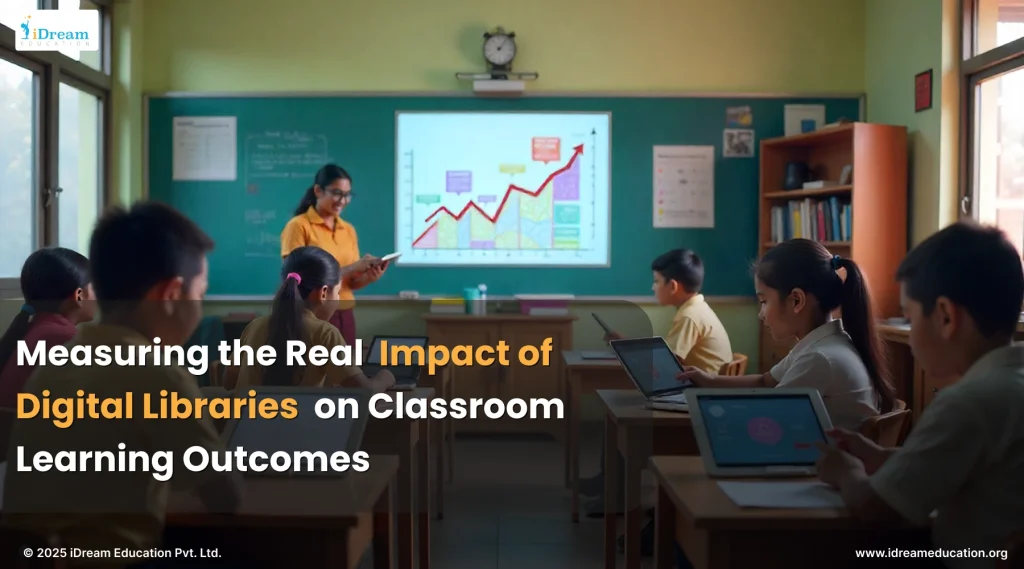
Enhancing Engagement Through Digital Libraries For Education
The use of digital libraries in classrooms has transformed the way students, teachers, and educational institutions approach learning. With access to a vast repository of educational resources such as videos, textbooks, quizzes, and interactive exercises, teachers can now complement traditional instruction with dynamic digital content. This approach significantly boosts student interest by catering to various learning styles, whether visual, auditory, or kinesthetic.
Students engage actively with the content rather than passively absorbing information. Since the resources are tailored to specific grade levels and curricula, the learning experience becomes more relevant and understandable. This alignment helps improve comprehension, retention, and overall academic performance. An Interactive Digital content for education classrooms further promotes collaborative learning through discussion forums, group activities, and project-based learning. These methods encourage peer interaction, critical thinking, and creativity among students.
Supporting Teachers and Personalizing Learning
One of the most valuable benefits of a digital library for education is how it supports differentiated instruction. Teachers can assign targeted content based on individual student progress, allowing slower learners to revisit foundational concepts while advanced learners explore enrichment materials. This personalized approach boosts confidence and improves outcomes.
Many digital library platforms also offer detailed reports and analytics. These tools help educators monitor engagement and identify students who need extra attention. A data-driven approach allows for timely intervention, which enhances learning outcomes. Teachers feel more empowered and motivated when they can rely on the digital library for education as trusted teaching partners.
Schools that successfully integrate digital classrooms and libraries often report higher attendance, better exam results, and increased student participation. These outcomes drive innovation in teaching methodologies and build a stronger culture of learning.
Long-Term Benefits and Educational Transformation
The powerful synergy between traditional teaching and digital resources is reshaping education. Digital library for education is no longer optional, it essential tools that enhance academic learning and prepare students for future challenges, both academic and vocational.
As these tools become central to modern classrooms, they help build digital fluency among students and teachers. Schools witness a shift in classroom dynamics, with students becoming more curious, collaborative, and self-driven learners. Teachers also become more agile in content delivery and classroom management.
The transformation doesn’t just benefit individual schools, it contributes to a larger educational vision aligned with national goals like NEP 2020, foundational literacy, and inclusive education. As more schools adopt these solutions, the digital divide begins to shrink, and equal access to quality education becomes a reality.
For more information, you may contact us at +917678265039. You can also write to us at share@idreameducation.org or share your details here.

